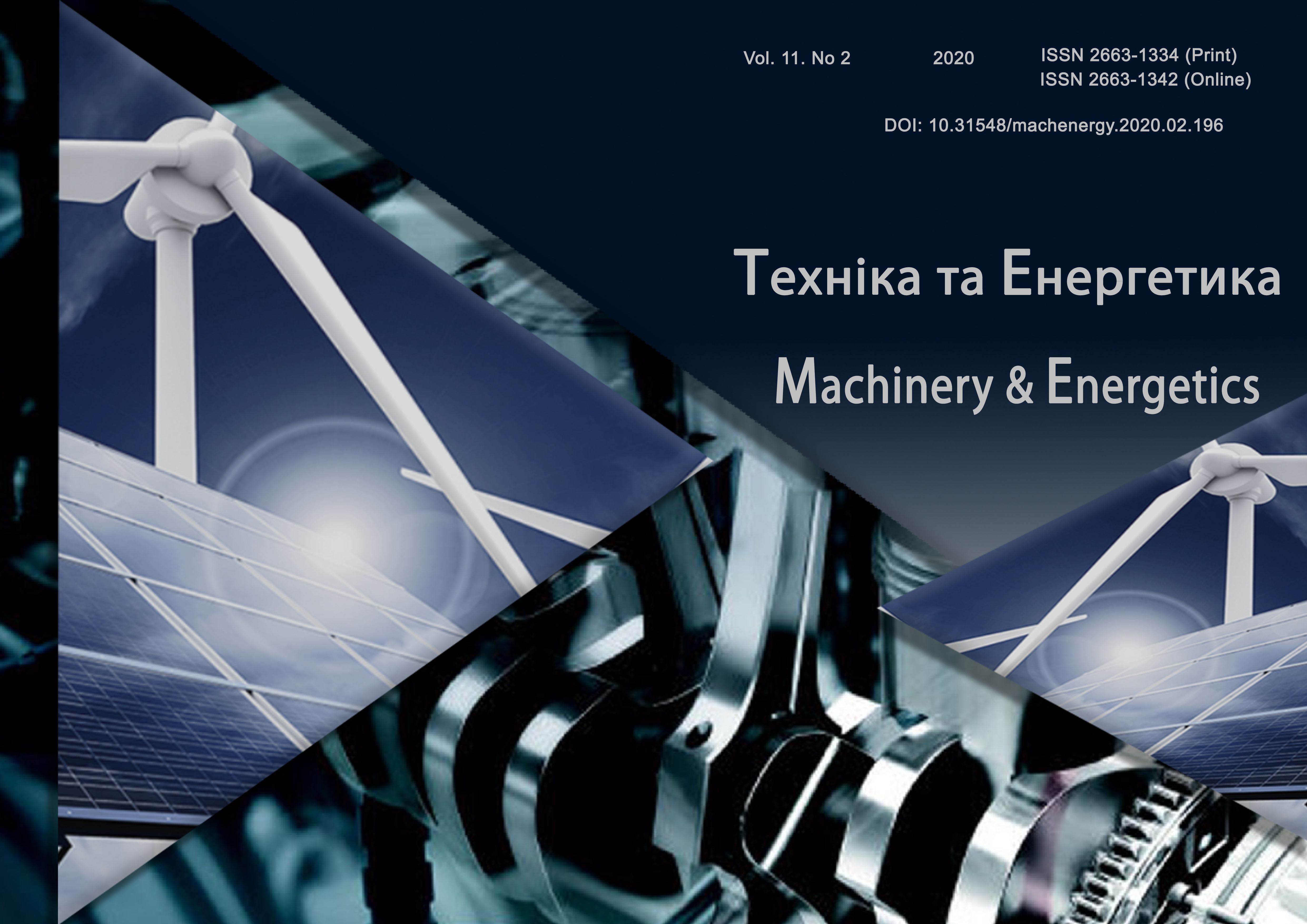Rapeseed separation
DOI:
https://doi.org/10.31548/machenergy2020.02.145Keywords:
rapeseed, separation, gyratory separator, structural-kinematic parameters.Abstract
The issues of purification of rapeseed from heavy weeded seeds have been considered. It has been established that general purpose pneumatic separator separators, which are generally used to cleanse rapeseed seeds, remove significant amounts of weed, mineral and organic impurities, but completely remove heavyseparate seeds such as weeds such as mice, chicken millet, the submarine is fragile and the others fail. It is suggested to cleanse rapeseed from heavy impregnated impurities by throwing it into the air with a mixture of rotating particles, thus using, in addition to the aerodynamic properties during the separation, the gyrating effect and the Magnus effect.
The initial flight velocity of the particles of the mixture, the angular and circumferential velocities at which the separation process at the gyratory separator is possible are calculated.
The purpose of the article is to determine the basic structural-kinematic parameters of the process of separation of rapeseed on a gyratory separator with rolls located one above the other, in which the lower roll rotates at a speed greater than the upper, namely angular and circumferential speeds of the rolls, the initial speed of departure of seeds, exit and the energy intensity of the separation process.
Thus, the studies made it possible to determine the structural-kinematic parameters of the process of separation of rapeseed on a gyratory separator. These parameters are: the initial velocity of the particles after passing through the rollers 3.3 m/s, the angular velocity 1650 1/s, and the circumferential velocity of 1.65 m/s. Experimental studies have established that up to 91.1 % of rapeseed can be separated from the mixture by up to 2 % at the initial 6.6 %, in one pass, ie to obtain conditioned seeds at a productivity of up to 100 kg/h for 0.2 m of roll length.
References
Skrypnik A. V. (1999). On the program for the development of the agricultural sector of the south-eastern part of Ukraine until 2003. Collection of scientific works of the Institute of Oilseeds UAAS, Vol. 4. P. 213-216.
Lukyanenko V. M. (2001). Justification of the parameters of the process of separation of rapeseed and colza seeds on a vibrating machine: Avtoref.dis., Candidate of technical sciences: 05.05.11 Kharkiv Institute of Mechanization and Electrification of Agriculture. Kharkov, P. 20.
Serebryaniy M. I. (1992). Tractor diesels run on vegetable fuel. Tractors and agricultural machinery. No. 3.P. 42-44.
Bogomolov O. O. (2016). On the issue of separation of rapeseed. Modern directions of technology and mechanization of processes of processing and food production: Bulletin of KhNTUSG. Kharkiv. Issue 179. P. 59-63.
A.s. №994365. USSR. B65G31/04 Publ.7.02.83 Bull.№5.
Declarative patent №63054 A Ukraine, MKV B07 B7 /01, B07B13/ 10. The method of separation of bulk materials and device for its implementation: Bogomolov O. V. №2002043080, Application. 16.04.2002 Publ. 15.01.2004 Bulletin.№1.
Karintsev I. B. (2017). Hydroaeroelasticity [Text]: textbook. Sumy: Sumy State Univ. 234 p. ISBN 978-966-657-692-0.
Bogomolov A. V. (2013). Separation of hard to separate bulk mixtures. Monograph. Kharkov: KhNTUSG named after Petro Vasilenka. 308 p.
Downloads
Published
Issue
Section
License
Relationship between right holders and users shall be governed by the terms of the license Creative Commons Attribution – non-commercial – Distribution On Same Conditions 4.0 international (CC BY-NC-SA 4.0):https://creativecommons.org/licenses/by-nc-sa/4.0/deed.uk
Authors who publish with this journal agree to the following terms:
- Authors retain copyright and grant the journal right of first publication with the work simultaneously licensed under a Creative Commons Attribution License that allows others to share the work with an acknowledgement of the work's authorship and initial publication in this journal.
- Authors are able to enter into separate, additional contractual arrangements for the non-exclusive distribution of the journal's published version of the work (e.g., post it to an institutional repository or publish it in a book), with an acknowledgement of its initial publication in this journal.
- Authors are permitted and encouraged to post their work online (e.g., in institutional repositories or on their website) prior to and during the submission process, as it can lead to productive exchanges, as well as earlier and greater citation of published work (See The Effect of Open Access).

